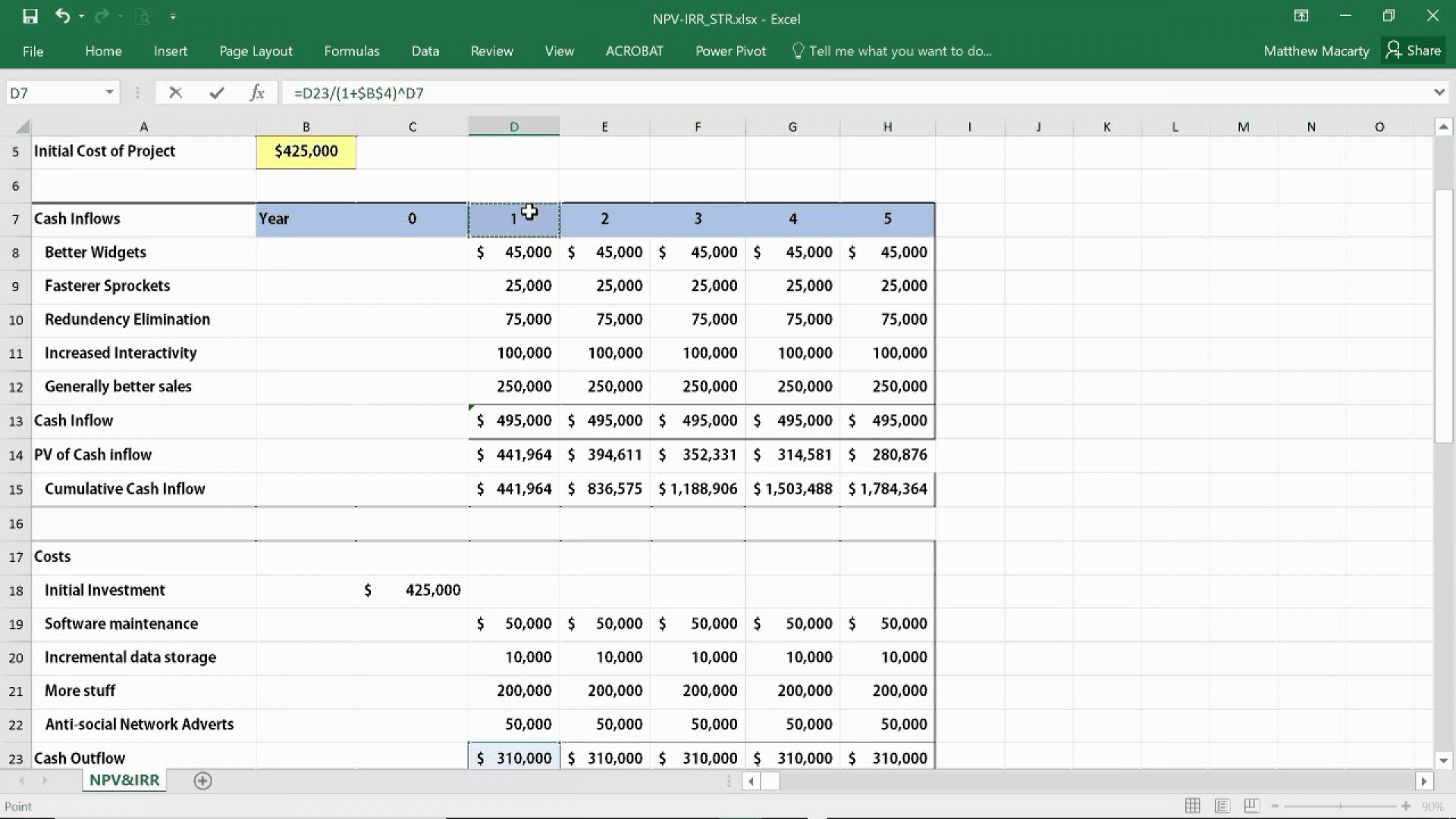
Additionally, you can have issues with not having the payment option that is convenient to your customer or expensive processing costs. The cash collection formula is a calculation companies use to estimate the amount of cash they expect to collect from customers within a certain period. Cash collection refers to the activities and processes involved in collecting cash payments from customers for goods and services provided by a business.
- The company’s total assets do not increase when cash is collected from Accounts Receivable because while one asset (cash) increases, another asset (accounts receivable) decreases.
- If you do not have open and regular communication with your customers it can lead to late payments, disputes, and misunderstandings.
- The highest possible credit score is 850, but a score close to it yields similar financial advantages.
- Cash collection is a fundamental business activity that affects a company’s liquidity, customer satisfaction, and overall competitiveness.
- For more context, net credit sales are those made on credit minus any returns or allowances.
Are there any challenges in cash collection?
Dive into our article to learn everything you need about cash collection metrics and formulas. Cash collection is of enormous importance in business and financial management because it serves as the lifeblood of a business’ financial health. While timely collections are critical, there are challenges businesses often face. It’s perhaps the easiest to calculate, too – you simply add up all the outstanding invoices at a given time!
Importance of Cash Collection Budget in Business Studies
If collection is managed in-house, analysing the performance of operations facilitates team management and can alert you to the need to review your procedures. If a collection agency is involved, it’s also a good idea to monitor the actions taken and have indicators at your disposal to ensure effective cash flow management. Emagia is a leading provider of AI-powered Order-to-Cash (O2C) automation platform that modernizes finance operations for midsize to large global businesses. Emagia solutions improve their customers DSO, cash flow, credit risk, operational cost, compliance and profitability. Managing cash collections more effectively is an essential goal of every accounts receivable (AR) team. In this blog, you’ll learn how to calculate cash collections and gain strategies to help your company get paid faster.
The Process of Cash From Accounts Receivable
The first step to ensuring the viability of your company’s finances is to understand your cash flow. Cash flow, the amount of money that flows in and out of your business over a given period, is a good indicator of financial health. Accounting software can help to play a significant role in streamlining cash collection processes for businesses. With a solid understanding 2019 volunteer mileage rates and irs reimbursement guidelines of cash collections, let’s move on to how to calculate them for your business. By the time you’ve finished reading, you’ll have a solid grasp on managing your cash collections and keeping your business on track for long-term success. Effective cash collection maintains liquidity, improves cash flow, builds customer relationships, and stabilizes business operations.
Receivables

Review your cash sales over previous months or quarters to determine an average. This will give you a reliable forecast of how much cash you can expect to collect from immediate sales. Cash sales refer to transactions where customers pay upfront for goods or services.
Many of the other accounts receivable formulations work off of this one, so it’s a great starting point. We’ll demystify a myriad of different formulas and ratios you need to know – from how to calculate accounts receivable turnover ratio to how to calculate net accounts receivable. You’ll even learn what to do with this figure once you find it, and how you can automate AR for good and never even think about it again. To collect cash from your customers, you follow up regularly on their payment status, sending automated reminders for overdue payments and addressing any concerns they may have. When payments are received, you record them in your books and update your cash and customer’s account. Finally, you reconcile your bank statements to identify any discrepancies that may creep into your financial statements.
Ideally, every customer you sell to will end up paying at some point – but if you’ve been in business long enough you realize this isn’t always the case. By differentiating between gross and net AR, businesses can brace for potential losses from non-paying customers. By determining this ratio, businesses can get a clearer picture of their collection efficiency. Solution – Having your own B2B payments suite can give you your own payment portal so customers can use the most convenient payment mode, minimize surcharge costs, and manage surcharges.
These are the most common AR formulas you’ll need to know how to use in your business. While this can boost customer relations and sales, it also means your cash isn’t instantly in hand. Making a broken system more efficient doesn’t necessarily get at the core of what’s broken. The truth is that the way we’ve historically done AR collections just doesn’t work very well for today’s world.
Managing your cash effectively can therefore be one of the most important things you can do to keep your progress steady through the ups and downs of the economy. Join the 50,000 accounts receivable professionals already getting our insights, best practices, and stories every month. She is passionate about telling compelling stories that drive real-world value for businesses and is a staunch supporter of the Oxford comma. Before joining Versapay, Nicole held various marketing roles in SaaS, financial services, and higher ed. The bad debt expense was $7,800, and write-offs totaled $7,250 during the year 2023. For the year 2023, bad debt expense was $7,500, and accounts amounting to $6,400 were written off.
